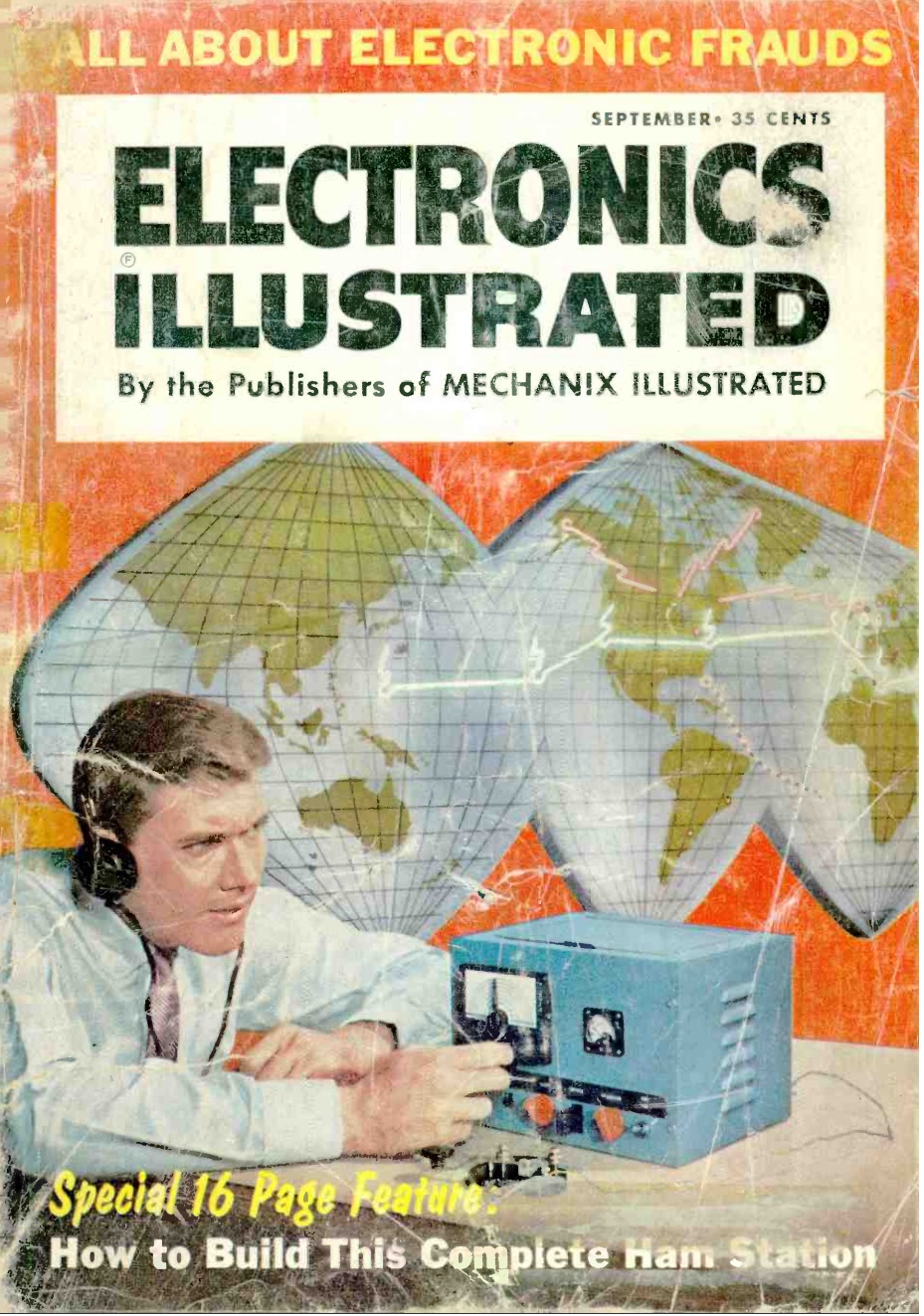 If you wanted to become a ham sixty years ago, the September 1970 issue of Electronics Illustrated had everything you needed to get started. It contained a 16-page special section with a number of articles by prolific author Len Buckwalter, K1ODH.
If you wanted to become a ham sixty years ago, the September 1970 issue of Electronics Illustrated had everything you needed to get started. It contained a 16-page special section with a number of articles by prolific author Len Buckwalter, K1ODH.
The section began with an introduction noting that barely a week went by when amateur radio didn’t hit the news. For example, it noted that hams had recently handled life and death message traffic after a Midwest tornado, and that hams on the U.S. East Coast and England had successfully worked each other by bouncing signals off an earth satellite. The magazine showed how to obtain a license and a station to join in this fascinating fraternity.
The first hurdle was the code, but the article pointed out that this was easy with records or tapes. To study for the written test, the magazine provided three pages of questions and answers of the material that would be on the exam, in the same format as the ARRL License Manual. Despite protestations of hams as to how hard the tests were back in the day, it’s clear that the 1960 Novice test could easily be passed by anyone of even modest intelligence.
According to the article, it was taking about six weeks for the license to arrive in the mail, and this time could be spent putting together the transmitter-receiver shown on the cover. The receiver is a one-tube regenerative receiver for 80 and 40 meters. It used a 6U8, half of which was a regenerative detector, and the other half an audio amplifier to drive the headphones. The transmitter used a 6V6 tube, and a power supply with transformer and 5Y3 rectifier was built right in, making the unit a complete station in one cabinet. Plug-in coils were used for both transmitting and receiving. The receiver was running all the time, with the antenna switched between transmit and receive. This made it easy to calibrate the receiver dial by using the crystal: The transmitter coil was removed to keep it from overloading the receiver. With the key down, the signal would be easy to find on the receiver dial. For an antenna, pointers for setting up either a longwire or dipole were given.


I’ve been trying to educate myself in gmrs radio ever since I first bought one, several months ago, but I’m finding it impossible. Either everyone replies to any questions I have with unintelligible radio jargon, or a Ham Radio aficionado will come in and urge me to go ham, which would defeat my purpose for taking up the radio in the first place. I am, however, going to buy the Amatuer Radio Associations basic book and hope to learn about radio in general.
As a total aside, if possible, I’d urge you to add features to this blog to make it easier to link it into other sites. Occasionally I do that with posts from here, but it involves copying the entry title and posting with the URL, which I suspect most folks won’t do.